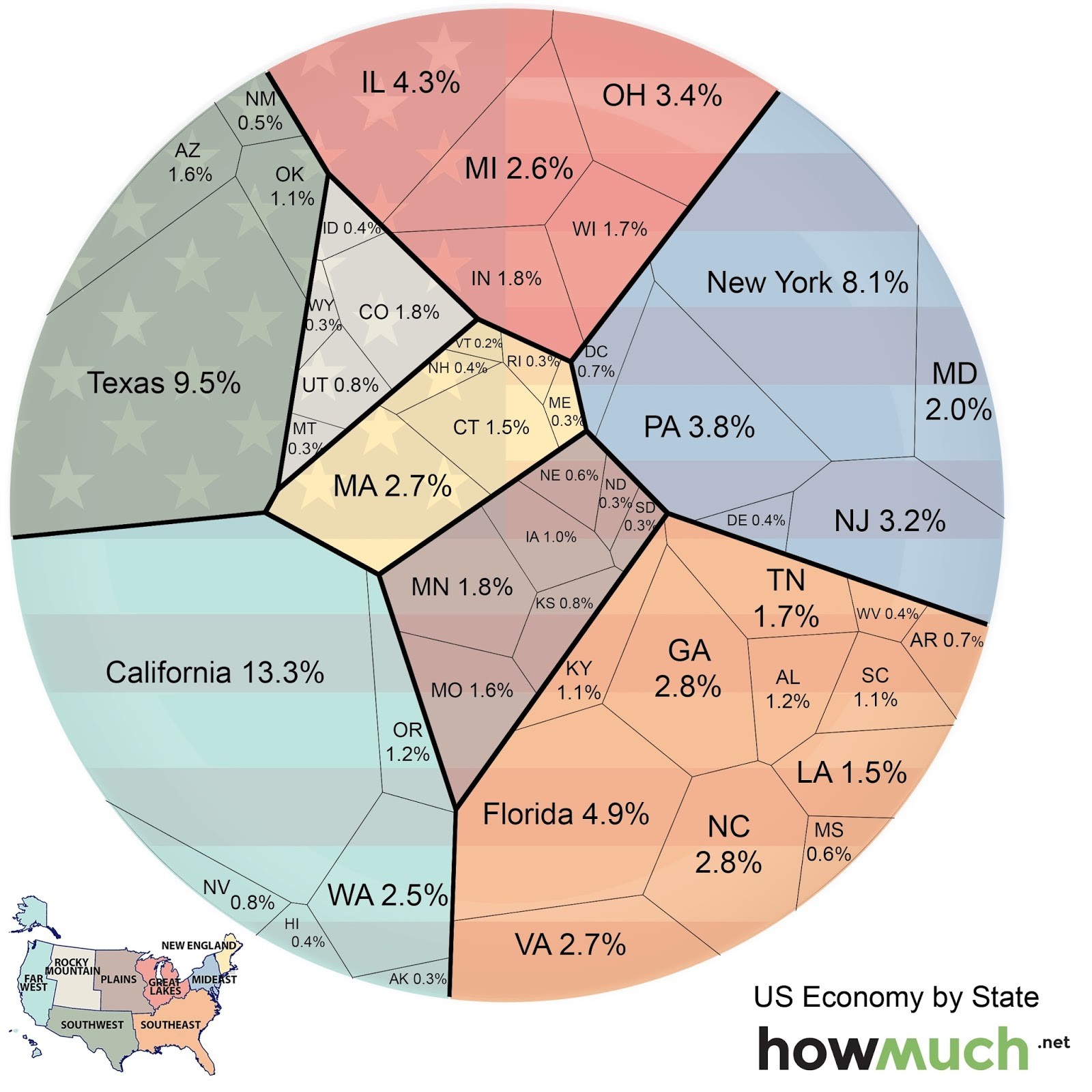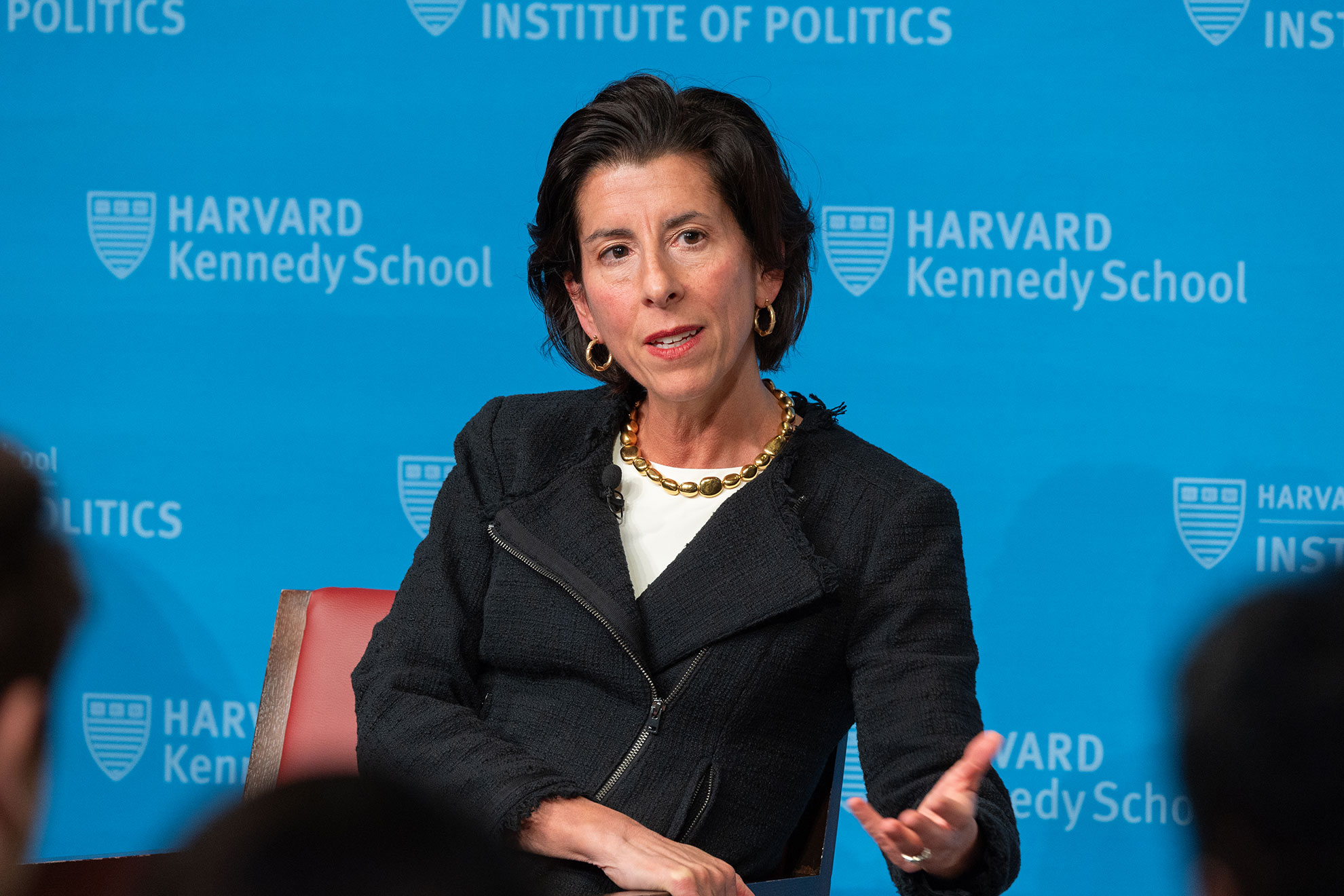The Tax Cuts and Jobs Act (TCJA) of 2017 has sparked significant debate over its economic implications, particularly concerning corporate tax cuts. Analyzing the law’s immediate effects, Harvard economist Gabriel Chodorow-Reich highlights the mixed results of these fiscal changes in a recent study. While the TCJA aimed to boost business investments and wages, its actual benefits appear to have fallen short of expectations, raising critical questions about the long-term economic impact of tax reform. With essential provisions set to expire in 2025, both Republicans and Democrats are gearing up for a contentious tax policy battle. Understanding the nuances of TCJA analysis will be crucial as voters consider the future of America’s economic landscape and tax policy reforms.
Officially known as the 2017 Tax Cuts and Jobs Act, this landmark legislation saw a drastic reduction in corporate tax rates, intending to stimulate economic growth and investment. Critics and supporters alike have delved into the aftermath of these corporate tax reforms, probing their effectiveness and sustainability in the larger economic framework. The ongoing conversation surrounding this tax overhaul includes calls for reassessing these fiscal policies as upcoming deadlines approach. Amid the shifting dynamics, Gabriel Chodorow-Reich’s findings shed light on the real-world implications and economic outcomes triggered by the TCJA. As we approach the pivotal year of 2025, the debate over corporate taxation and its effects on business growth, wage increases, and overall fiscal health continues to intensify.
The Economic Impact of the Tax Cuts and Jobs Act
The Tax Cuts and Jobs Act (TCJA) of 2017 was designed to spur economic growth by reducing corporate tax rates from 35% to 21%. This significant reduction aimed to increase business investment and job creation. However, the analysis conducted by Gabriel Chodorow-Reich and his colleagues highlighted mixed results. While there was reported growth in capital investments, the anticipated increases in wages were disappointingly modest. Companies were indeed incentivized to invest more, yet the gains in employee compensation did not match the expectations set by proponents of the TCJA.
One compelling aspect of the TCJA is its intended fiscal implications; the act was projected to cut federal corporate tax revenue by $100 billion to $150 billion annually over the next decade. This drop has raised questions about the act’s long-term sustainability. Subsequent analyses by experts like Chodorow-Reich revealed that while there were modest increases in investment, those did not compensate for the revenue losses, sparking a debate on the viability of such tax cuts in a balanced budget framework. The need for future tax reforms is clear, especially as some current provisions are set to expire by 2025.
Corporate Tax Cuts and Their Effectiveness
The debate surrounding corporate tax cuts often revolves around their effectiveness in stimulating economic growth. The corporate tax cuts introduced by the TCJA aimed to provide businesses with the flexibility to invest in expansion, ultimately leading to job creation. However, the findings from Chodorow-Reich’s research indicated that not all corporate tax reductions yield proportionate benefits. While the capital investment rose by approximately 11%, the actual impact on wages was substantially less than anticipated, leading to further scrutiny of the overall effectiveness of such policies.
Moreover, the analysis of the TCJA provides critical insights into how corporations respond to tax policy changes. The evidence presented by Chodorow-Reich suggests that while tax cuts can drive some level of corporate investment, targeted measures such as expensing provisions may be even more effective. This understanding underscores the complexity of tax reforms, as some provisions expire, necessitating a reevaluation of corporate tax strategies to ensure they align more closely with economic growth objectives.
2025 Tax Policy: What Lies Ahead?
As the expiration of key provisions of the TCJA looms in 2025, policymakers are confronted with critical decisions regarding future tax policy. The debates are intensifying, with various political factions advocating for either extensions of the tax cuts or increases in corporate tax rates to restore federal revenue. This critical period offers an opportunity for Congress to reassess the outcomes of the TCJA and consider how to structure tax policy that not only fosters investment but also generates adequate revenue to support necessary government functions.
Experts like Chodorow-Reich are emphasizing the importance of using data to inform these decisions, urging lawmakers to consider both the short-term impacts on corporate behavior and the long-term effects on federal revenue. A closer examination of the data reveals that maintaining certain corporate tax cuts may hinder revenue generation essential for funding public services, thus making a compelling case for a more balanced approach in future tax policies.
Lessons from Gabriel Chodorow-Reich’s Analysis
Gabriel Chodorow-Reich’s comprehensive analysis sheds light on the real-world implications of the TCJA, particularly regarding corporate taxation. His findings suggest a nuanced perspective on tax cuts—indicating that reductions can lead to increased investment but do not automatically translate into higher wages for workers. This distinction is vital for economic policymakers as they strive to balance corporate interests with the financial wellness of the American workforce. By studying the provisions that had the most significant positive impact, such as expensing, policymakers can gauge which strategies are most effective.
Furthermore, Chodorow-Reich’s research highlights the importance of context in evaluating tax policy effectiveness. The corporate tax landscape has evolved since the TCJA’s enactment, influenced significantly by global competition and domestic economic shifts. His work prompts a rethinking of tax strategies as lawmakers consider how to integrate effective corporate tax measures into overarching economic goals. Taking these lessons into account will be crucial for shaping equitable and productive tax legislation in the future.
Partisan Perspectives on Tax Cuts
As we prepare for the upcoming legislative battles surrounding tax reform, the partisan divide on the effectiveness of the TCJA is becoming increasingly apparent. Democrats are typically advocating for increased tax rates on corporations to fund social programs, while Republicans often support extending lower rates to promote growth. The discourse around corporate tax cuts, therefore, becomes less about economic theory and more a reflection of the ideological beliefs of the parties involved, complicating any potential bipartisan efforts.
Economists like Gabriel Chodorow-Reich serve as a crucial bridge in this debate, offering data-driven insights that challenge both sides. His evidence shows that while some tax cuts can yield positive effects, the real-world data does not support a blanket assertion that tax cuts invariably lead to economic prosperity. As we move closer to 2025, understanding these complexities will be essential for lawmakers as they draft legislation tailored to the very real economic challenges facing the country.
The Role of Corporate Tax Policy in Economic Growth
Corporate tax policy plays a pivotal role in shaping the economic landscape of a nation. The TCJA aimed to foster growth by lowering corporate tax rates, suggesting that increased profits would drive job creation and wage growth. However, the relationship between tax cuts and economic output is not as straightforward as it may appear. The analysis by Chodorow-Reich indicates that while corporate profits soared post-TCJA, the anticipated benefits did not equally extend to wage increases, prompting deeper investigation into how more nuanced tax policies may better serve economic growth.
This ongoing inquiry into corporate tax policy reinforces the importance of tailoring tax reforms to the unique needs of the economy. Programs that encourage targeted investments—like expensing measures—could yield better outcomes than simple rate cuts. Chodorow-Reich’s work provides a roadmap for future reforms, signaling a potential shift towards more strategic tax policies that can balance the needs of corporations with the ongoing demands for economic equity and revenue generation.
Reevaluating Corporate Tax Rates: A Call to Action
As Congress approaches the expiration of various TCJA provisions, there is a growing urgency to reevaluate the current corporate tax rates and their implications for the economy. With the divide in perspectives on tax reform highlighted by gaps in corporate revenue post-TCJA, it is vital for lawmakers to consider a range of tax policy solutions. Chodorow-Reich’s findings advocate for a thoughtful approach to tax reform that prioritizes not only business growth but also the fiscal health of the federal government.
Implementing a balanced tax strategy that includes both raising corporate rates and reinstating effective expensing policies may provide a viable path forward. This balanced approach not only helps mitigate the revenue shortfall created by past tax cuts but also encourages businesses to invest in ways that directly benefit the workforce. As the 2025 tax policy debates gain momentum, it is imperative that legislators heed the lessons from the TCJA to craft comprehensive reforms that foster sustainable economic growth.
Future Directions for U.S. Tax Reform
Looking ahead, U.S. tax reform must address the complex interdependencies between corporate taxation, investment, and economic well-being. The expiration of select provisions from the TCJA presents a key opportunity for policymakers to construct a more equitable framework that addresses revenue needs while fostering business competitiveness. Chodorow-Reich argues for a reconceptualization of tax policy that embraces the lessons learned from the TCJA, ensuring that future legislation is informed by empirical data and targeted outcomes.
The path forward may involve increased collaboration between economists, law-makers, and business leaders to design policies that are responsive to economic realities. This collaborative approach can help create a corporate tax system that not only incentivizes investment but also generates necessary revenue for essential public services. As discussions rage on, it will be crucial to focus on sustainable economic policies that benefit all sectors of society, setting the stage for a robust future economic landscape.
Analyzing the Long-term Effects of Tax Cuts
Analyzing the long-term effects of tax cuts such as those enacted by the TCJA requires a nuanced understanding that goes beyond immediate economic indicators. Chodorow-Reich’s research emphasizes the delayed impacts of such cuts on the labor market and investment patterns, which may not surface until years later. As lawmakers approach 2025, they must take into account the potential long-term implications of the TCJA on not just corporate profits, but also how these changes affect the average worker’s wages and job opportunities.
Additionally, the importance of conducting thorough and ongoing analyses of tax policy outcomes cannot be understated. With significant changes in the federal revenue landscape since the TCJA’s enactment, future reforms must be based on comprehensive data that accounts for market conditions, investment trends, and wage growth over time. This focus on data-driven policymaking can provide vital insights into designing tax legislation that truly benefits the American economy in the long term.
Frequently Asked Questions
What are the corporate tax cuts included in the Tax Cuts and Jobs Act (TCJA)?
The Tax Cuts and Jobs Act, enacted in 2017, significantly reduced the corporate tax rate from 35% to 21%. This was a key component of the TCJA aimed at fostering business investment and boosting the economy. The Act also introduced provisions for immediate expensing of capital investments, which allowed businesses to deduct the full cost of eligible investments in the year they occur.
How did Gabriel Chodorow-Reich analyze the economic impact of the Tax Cuts and Jobs Act?
Gabriel Chodorow-Reich, alongside co-authors, conducted an extensive analysis published in the *Journal of Economic Perspectives* that assessed various outcomes of the TCJA. Their research emphasized modest increases in capital investment and wages, highlighting the significant drop in tax revenue compared to prior estimates, thus challenging some positive narratives around the TCJA’s corporate tax cuts.
What key provisions of the Tax Cuts and Jobs Act are set to expire by 2025?
Several key provisions of the TCJA, particularly those that benefited low and middle-income households, are scheduled to expire by the end of 2025. This includes the expanded Child Tax Credit, which was a significant aspect of the tax reform aimed at supporting families.
What was the initial reaction to the corporate tax cuts under the Tax Cuts and Jobs Act?
Initially, the corporate tax cuts under the TCJA sparked debate among economists and policymakers. While some argued that these cuts would pay for themselves through increased investment and economic growth, analyses, including Chodorow-Reich’s, have indicated that the benefits did not sufficiently offset the revenue loss, complicating the picture around the economic impact of the tax reform.
How has the Tax Cuts and Jobs Act influenced corporate tax revenue since its implementation?
Following the implementation of the TCJA, federal corporate tax revenue experienced an immediate drop of about 40%, but began to recover by 2020. Corporate tax revenue surged as business profits exceeded earlier projections, raising questions about the long-term effects of the TCJA on corporate tax dynamics.
Could raising corporate tax rates counterbalance the effects of the Tax Cuts and Jobs Act’s tax cuts?
Economists like Gabriel Chodorow-Reich suggest that raising corporate tax rates could be a solution to restore some lost revenue while potentially reinstating expensing provisions. This approach may provide a balanced way to fund critical programs without significantly hindering business investment.
What lessons can be learned from the economic impact of the Tax Cuts and Jobs Act?
The analysis of the TCJA reflects that while corporate tax cuts may spur some level of investment and wage growth, the expected substantial benefits did not fully materialize. Future tax policies should consider both rate adjustments and targeted provisions to effectively stimulate the economy.
What did the analysis by Gabriel Chodorow-Reich reveal about wage increases post TCJA?
Chodorow-Reich’s analysis indicated that while the TCJA was expected to raise wages significantly, the actual increase observed was much lower, estimated around $750 per year per full-time employee, which contrasts sharply with earlier projections suggesting increases of $4,000 to $9,000.
What is the significance of the upcoming 2025 tax policy discussions in relation to the Tax Cuts and Jobs Act?
The 2025 tax policy discussions are significant as they will determine the future of key provisions from the TCJA that are set to expire. These discussions will not only focus on potential corporate tax rate adjustments but also on how to address broad economic concerns related to tax equity, revenue generation, and support for households.
How did international competition influence the Tax Cuts and Jobs Act’s provisions on corporate tax rates?
The TCJA was partly a response to increased international competition, as the U.S. faced a significantly higher corporate tax rate compared to other countries. The Act aimed to make the U.S. more attractive for business investment by bringing its corporate tax rate in line with global standards.
| Key Point | Details |
|---|---|
| Tax Cuts and Jobs Act Overview | The TCJA, enacted in 2017, aimed to reduce corporate tax rates from 35% to 21% to stimulate economic growth. |
| Impacts on Corporate Tax Revenue | Post-TCJA, federal corporate tax revenue experienced an immediate 40% decline, though it started to recover in 2020. |
| Effect on Business Investment | The law led to an estimated 11% increase in capital investments, particularly through expensing provisions. |
| Wage Growth | Estimates suggest wage increases of about $750 annually per employee, far less than the initial projections of $4,000 to $9,000. |
| Political Implications | Debates over renewing cuts, such as the Child Tax Credit, and increasing corporate tax rates continue as key election issues. |
| Need for Reform | The TCJA was passed after over 30 years without significant changes to the corporate tax code. |
| Future Considerations | Further evaluations are required to assess the long-term impacts of TCJA on corporate behavior and tax revenues. |
Summary
The Tax Cuts and Jobs Act remains a pivotal piece of legislation in the ongoing discussion about U.S. corporate taxation and economic policy. As key provisions approach expiration, the debate intensifies on whether to renew tax cuts for corporations or to raise tax rates to better fund important household programs. Ongoing studies continue to reveal mixed outcomes regarding the effectiveness of the TCJA in stimulating wages and business investment, prompting legislators to seek informed and effective solutions as they navigate the complexities of tax reform.


